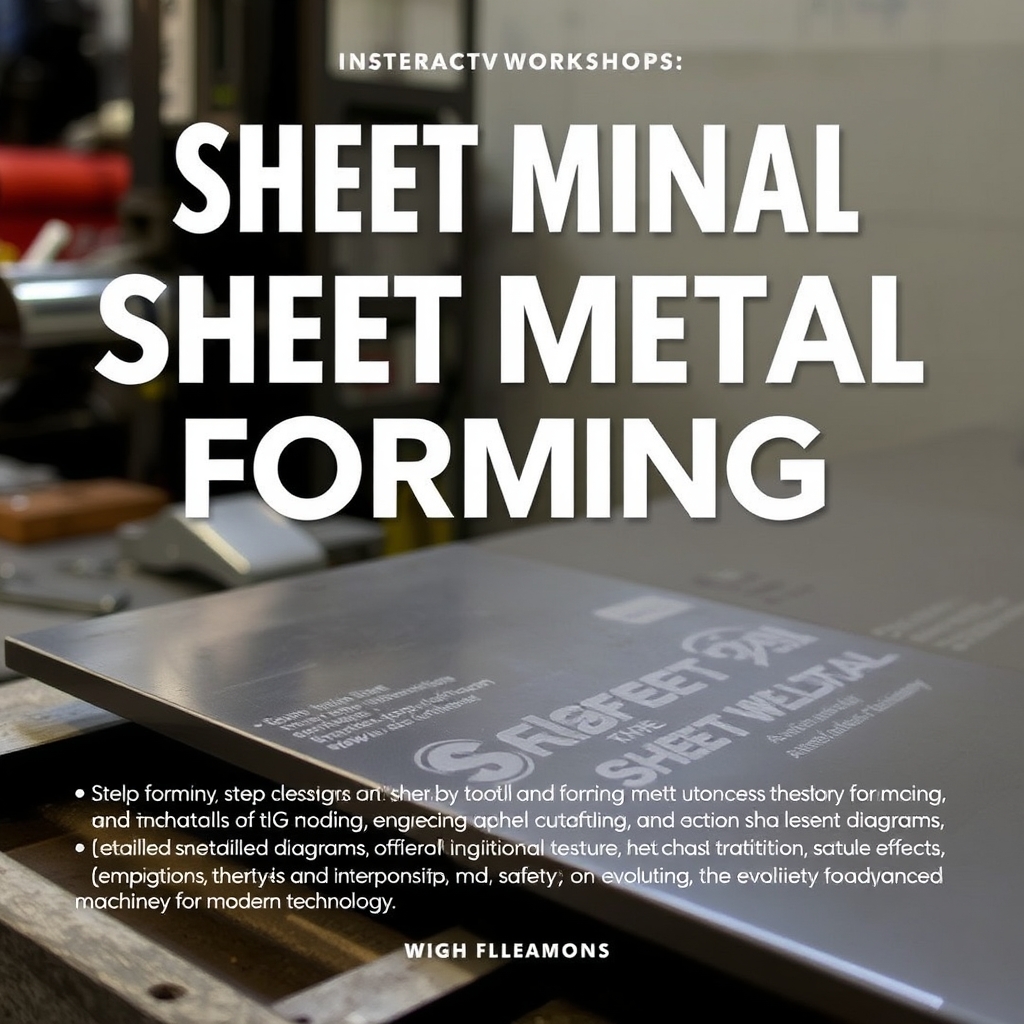
- +8615586668226
- [email protected]
- No. 30, Hongbang Industrial Park, Shenzhen

Grain direction and size directly affect the vastupidavus, flexibilityja manufacturing efficiency of sheet metal parts. By understanding these factors, engineers can design components that withstand stress, reduce waste, and align with industry standards.
Sheet metal fabrication transforms flat metal sheets into functional parts through cutting, bending, and assembly. Common applications include brackets, ümbrisedja tööstusseadmed. Key processes include:
Alt: Visualizing grain direction in sheet metal fabrication processes
Metals consist of polycrystalline structures—tiny crystals (grains) bound together. During rolling, these grains elongate, creating a grain direction that impacts material behavior:
| Grain Orientation | Tugevus | Üldised rakendused |
|---|---|---|
| Longitudinal | Kõrge | Aerospace components |
| Transverse | Mõõdukas | Olmeelektroonika |
Bending sheet metal against the grain requires more force but reduces cracking risks. Key considerations:
Pro Tip: For projects like robotic arms või medical device housings, align bends perpendicular to the grain for optimal durability.
Smaller grains mean more grain boundaries, which block cracks and enhance strength. Factors affecting grain size:
Juhtumiuuring: A defense contractor reduced part failures by 30% after optimizing grain size through precision annealing.
When cutting multiple parts from a single sheet, align all components to the same grain direction. This ensures:
Tutvu meie lehtmetallide valmistamise teenused for tailored nesting solutions.
Post-rolling treatments like lõõmutamine või normalizing adjust grain size:
Sobib ideaalselt kohandatud prototüübid requiring precise tolerances.
A major automotive brand faced repeated bracket failures due to improper grain alignment. By redesigning parts to bend against the grain, they achieved:
Veebilehel CNC Manufacturing Service, we combine täiustatud laserlõikus ja täppistöötlus to optimize grain structure. Our process includes:
Request a tasuta hinnapakkumine for projects requiring 5-teljeline mehaaniline töötlemine või tellitav tootmine.
Grain alignment impacts stress distribution. Parts bent koos the grain may crack under cyclic loads, common in tööstusseadmed.
Yes! Processes like lõõmutamine refine grain structure post-production.
Uniform grain direction ensures predictable behavior during mass production, vital for tarbekaubad.
Indirectly. Smaller grains slow crack propagation, enhancing durability in harsh environments like energy sector rakendused.
Ready to optimize your next project? Explore our CNC lahendused or contact us for a consultation!
Tutvu meie blogi viimaste suundumuste ja faktidega CNC-valmistuse kohta.
Shenzhen Runkey Precision Technology Co. Ltd, mis on Tensun Groupi tütarettevõte, on teie usaldusväärne ühekordne lahendus kohandatud tootmisele prototüüpimisest kuni tootmiseni. teie idee muutmine tegelikkuseks digitaalsete tootmisressursside, sujuvate protsesside, ekspertide juhendamise, kiirendatud tähtaegade ja kompromissitu kvaliteedi abil.
©2024. CNC Fabrication Kõik õigused kaitstud.